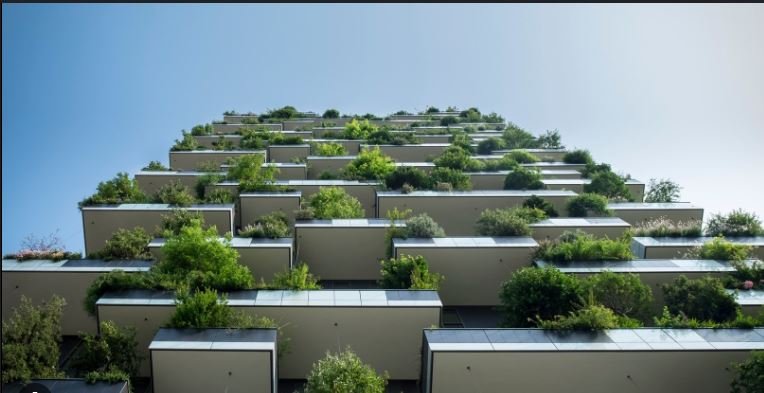Designing for the Future of Green Cities
Sustainable skyscrapers represent the future of urban development. By combining innovative design with eco-friendly technology, these structures minimize environmental impact while enhancing urban life. As cities grow, the need for green buildings becomes increasingly critical, making sustainable skyscrapers a key component in the push towards eco-conscious urban living.

Innovative Design Techniques
Architects use innovative design techniques to create sustainable skyscrapers. These designs prioritize energy efficiency, utilizing natural light and ventilation to reduce reliance on artificial lighting and air conditioning. Features such as green roofs, vertical gardens, and energy-efficient facades help regulate building temperature and improve air quality. The integration of these elements not only reduces energy consumption but also creates healthier living and working environments.
Renewable Energy Integration
Incorporating renewable energy sources is essential in the design of sustainable skyscrapers. Solar panels, wind turbines, and geothermal systems generate clean energy, reducing the building’s carbon footprint. By harnessing renewable energy, these skyscrapers can achieve energy independence, lowering operational costs and promoting sustainability. Additionally, energy storage systems ensure a reliable supply of power, even during periods of low energy production.
Water Conservation Strategies
Water conservation is a critical aspect of sustainable skyscraper design. Rainwater harvesting systems collect and store rainwater for non-potable uses, such as irrigation and flushing toilets. Greywater recycling systems treat and reuse wastewater, further reducing the building’s water consumption. These strategies help conserve water resources, which is particularly important in urban areas facing water scarcity.
Sustainable Building Materials
The use of sustainable building materials is a hallmark of green skyscrapers. Architects and builders choose materials with low environmental impact, such as recycled steel, bamboo, and low-VOC (volatile organic compounds) paints. These materials not only reduce the building’s carbon footprint but also improve indoor air quality. By prioritizing sustainability in material selection, developers contribute to a healthier and more sustainable urban environment.
Smart Building Technologies
Smart building technologies enhance the sustainability of skyscrapers. Automated systems control lighting, heating, and cooling based on occupancy and environmental conditions, optimizing energy use. Sensors and IoT (Internet of Things) devices monitor building performance, providing real-time data that can be used to improve efficiency. These technologies enable more effective resource management, ensuring that sustainable skyscrapers operate at peak efficiency.
Community and Ecosystem Integration
Sustainable skyscrapers integrate seamlessly with their surrounding communities and ecosystems. By incorporating public spaces, green areas, and amenities, these buildings enhance urban livability. They also support local biodiversity through green roofs and walls that provide habitats for plants and wildlife. This holistic approach to design fosters a sense of community and connection to nature, promoting overall well-being.
Conclusion
Sustainable skyscrapers are the future of green cities. Through innovative design, renewable energy integration, water conservation, sustainable materials, smart technologies, and community integration, these buildings set new standards for eco-friendly urban development. As cities continue to expand, the adoption of sustainable skyscrapers will be crucial in reducing environmental impact and creating healthier, more livable urban environments. By embracing these principles, we can build cities that are not only taller but also greener and more sustainable.



